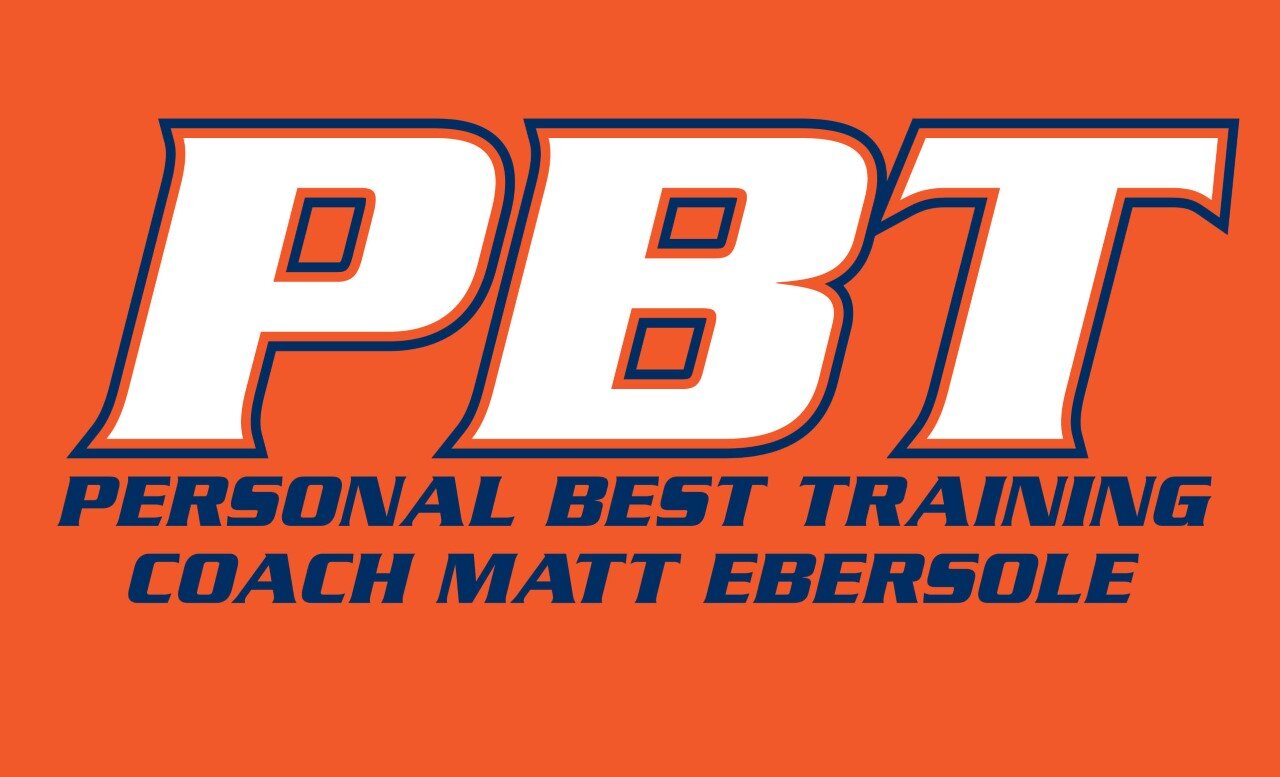Plan your work and work your plan has proven to be one of the more useful phrases I’ve found and it applies as beautifully to running as with most things in life. The length of a blog post will not allow this to be a comprehensive look at planning your running, but I will offer a few very good reasons to have a plan and several essential ingredients your plan requires.
Establishing where you are and where you want to go are usually easily determined. The how to get there part is what requires a plan. By writing down the blueprint of your plan you will begin to determine if your destination is something that can be achieved with the training time available. At the onset, don’t get bogged down with too many details. You might see right away you don’t have the time to get in the necessary long runs or workouts or weekly mileage. Once you’ve determined a workable time frame, you can start to fill in the details and develop a step by step plan.
A good plan is an effective tool of challenge. A good test of a training plan is that each week on top of each other looks manageable, but if you just flip to the end, it looks beyond your reach. The challenges you can meet through consistency can be mind blowing.
A good plan will eliminate the fundamental debate* of what to run let alone should you run. The debating about the what and if will drain you of energy that is best spent getting on with the work at hand. If it’s clear what you will be running tomorrow and the next day and the day after that you can settle into working the plan and arriving at your destination.
A non-negotiable ingredient of any good training plan is that is must be gradual and progressive. If it’s not gradual, you will break down or at the very least not adapt to your work. If it’s not progressive you will stagnate and be busy without improvement.
Training also has to be balanced between workout intensities, stress and rest, and mileage. One dimensional or unbalanced plans will limit your ability to improve and leave you competitively vulnerable. We can look at this on a very basic level. Mileage is great, but without higher intensity training you won’t have the speed to be in the race. High intensity work is also great, but without the mileage you won’t be there at the end of the race. Your goal is to arrive on race day with the total package. Of course, what that requires will vary a bit from person to person.
While we are confined to training in the real world, your plan better be flexible. The best laid plans… Things will happen along the way, some that limit training and progress and at other times you may find yourself ahead of projected progress and need to update the workload and time table. You may also find upon review that parts of your training have become out of balance and a plan tuneup will have you back on track.
Need help planning your running? I have teamed up with the Monumental Marathon to offer several marathon and half marathon plans. You will see more about this in Beyond Monumental emails. Enjoy these free “Finisher, Pacer, & Racer” plans courtesy of the CNO Financial Indianapolis Monumental Marathon.
*One of my favorites from Once A Runner. “Quenton Cassidy’s method of dealing with fundamental doubts was simple: He didn’t think about them at all. These questions had been considered a long time ago, decisions were made, answers recorded, and the book closed. If it had to be re-opened every time the going got rough, he would spend more time rationalizing than training; his log would start to disclose embarrassing information, perhaps blank squares. Even a self-made obsessive-compulsive could not tolerate that.”

